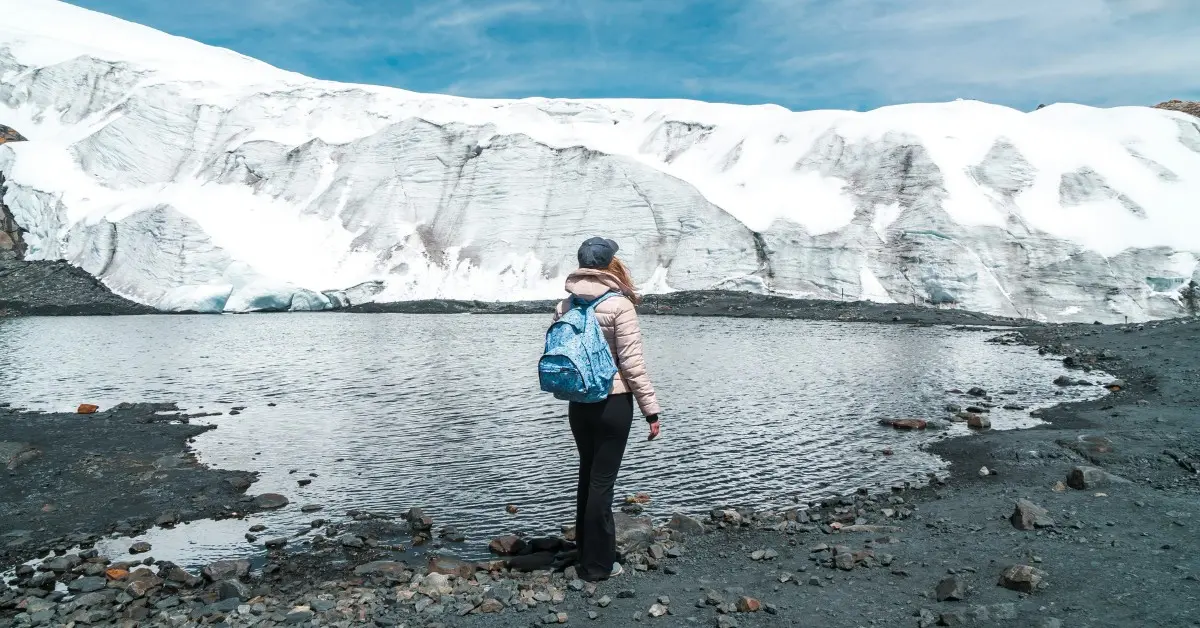In recent years, a new form of travel has emerged, one that has sparked both fascination and controversy: last-chance tourism. This type of tourism refers to traveling to destinations, landmarks, or ecosystems that are in danger of disappearing or experiencing irreversible damage due to climate change, environmental degradation, or human interference. While it offers a unique opportunity to witness disappearing places firsthand, it also raises serious ethical and moral questions about whether it is appropriate or responsible to encourage such travel. As last-chance tourism continues to grow, so does the debate surrounding its implications on both the environment and the tourism industry.
1. What is Last-Chance Tourism?
Last-chance tourism is essentially about visiting locations that may soon be inaccessible or altered beyond recognition due to environmental changes or human activity. Examples include the melting glaciers in the Arctic, the coral reefs suffering from bleaching, the shrinking of the Amazon rainforest, and endangered wildlife in their natural habitats. These destinations often face imminent threats from global warming, over-tourism, deforestation, or pollution. Tourists, driven by a sense of urgency, flock to these places to witness them before they disappear entirely.
2. The Appeal of Last-Chance Tourism
One of the main drivers of last-chance tourism is the allure of exclusivity and the desire to experience something that is on the brink of vanishing. The thought of being part of the last group of people to witness a natural marvel or ancient structure can be an emotionally powerful motivator. In a world increasingly influenced by rapid change, the opportunity to “witness history” in real-time appeals to many travelers.
3. The Ethical Dilemma of Last-Chance Tourism
Despite its growing popularity, last-chance tourism is highly controversial for several reasons. Critics argue that this type of travel may be inherently exploitative, as it can fuel the very problems it seeks to highlight. For instance, tourism often leads to over-tourism, which can accelerate environmental degradation. Increased foot traffic in fragile ecosystems, such as rainforests or coral reefs, can further harm these areas rather than helping to preserve them.
4. The Impact on Local Communities
For many destinations, the influx of tourists can have a profound impact on local communities. In some cases, the very environments tourists are flocking to witness may already be severely strained by the influx of visitors. In places where infrastructure is insufficient to handle large crowds, this can lead to overdevelopment, pollution, and a loss of cultural heritage. Additionally, when a destination is at risk of disappearing, the livelihoods of local people are often directly threatened. Indigenous communities and local residents who depend on the environment for their way of life may see their traditional practices undermined by a sudden influx of visitors, or face the challenges of an economy based on a fragile tourism industry.
5. The Role of Conservation and Education
On the positive side, last-chance tourism has the potential to raise awareness about environmental issues and the urgent need for conservation efforts. By experiencing these vulnerable areas firsthand, tourists may be more motivated to advocate for policy changes and contribute to preservation initiatives. Some companies and organizations are working to ensure that these trips support local conservation efforts, and that tourists leave with a better understanding of the challenges these locations face.
6. The Future of Last-Chance Tourism
Last-chance tourism will likely continue to grow as more natural and cultural sites face the threat of extinction or irreversible damage. The key challenge moving forward will be to balance the desire to witness these places with the responsibility to protect them. Travelers must carefully consider whether their visit is truly helping to preserve or raise awareness for these areas, or if they are simply contributing to the problem.





